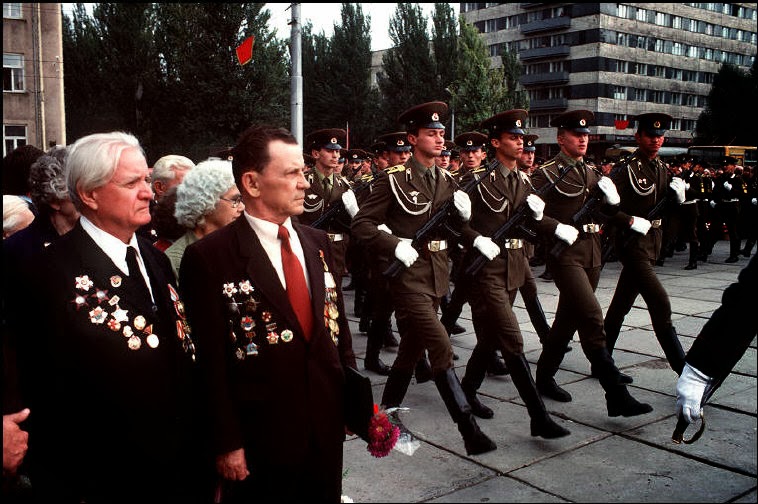Life in the Soviet Ukraine seen through the eyes of Western photographers, 1988

These photographs were taken in 1980 by Bruno Barbie and Karl de Keyser and depict everyday life in the Ukrainian Soviet Socialist Republic.
By the end of the decade, the Soviet Union was a country that was plunged into chaos, torn apart by natural and industrial disasters, political and economic crises.
Gorbachev's policies of perestroika and glasnost (English: reorganization and opening up) failed to reach Ukraine like other Soviet republics, as Volodymyr Shcherbitsky, a conservative communist appointed by Brezhnev and first secretary of the Ukrainian Communist Party, resigned his post. Had given. 1989.
The Chernobyl disaster of 1986, Russification policies and apparent social and economic stagnation prompted many Ukrainians to oppose Soviet rule.
Gorbachev's policy of perestroika was also never put into practice, with industry and agriculture still 95 percent owned by the Soviet state in 1990.
Talk of reform, but the lack of putting reform into practice, led to confusion which in turn developed in opposition to the Soviet state.
The policy of glasnost, which abolished state censorship, led to a revitalization of religious practices by reuniting the Ukrainian diaspora with their compatriots in Ukraine, destroying the monopoly of the Russian Orthodox Church, and a number of opposition pamphlets, magazines and newspapers. led the establishment.

The political revolution in Poland in 1989 led to other, mostly peaceful revolutions in Eastern European states and the fall of the Berlin Wall. By the end of 1989, the USSR was increasingly isolated.
A failed coup in August 1991 by Communist Party hardliners sealed the fate of the Soviet Union by undermining Gorbachev's power and pushing the democratic forces led by Boris Yeltsin to the forefront of Russian politics.








No comments: